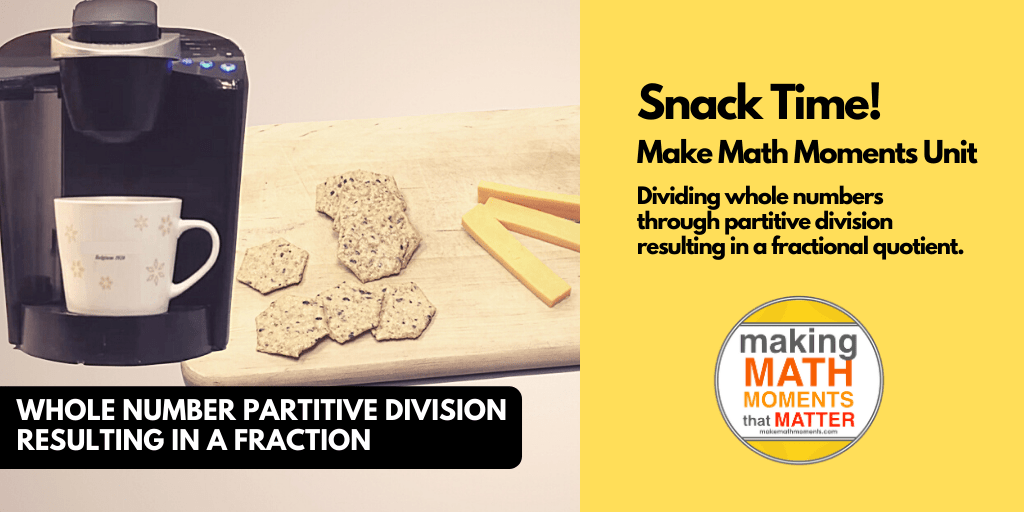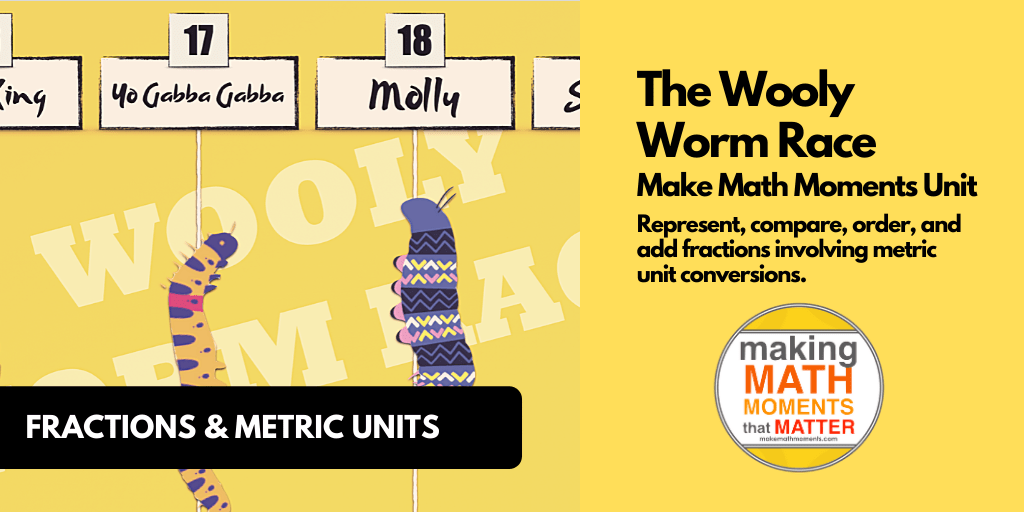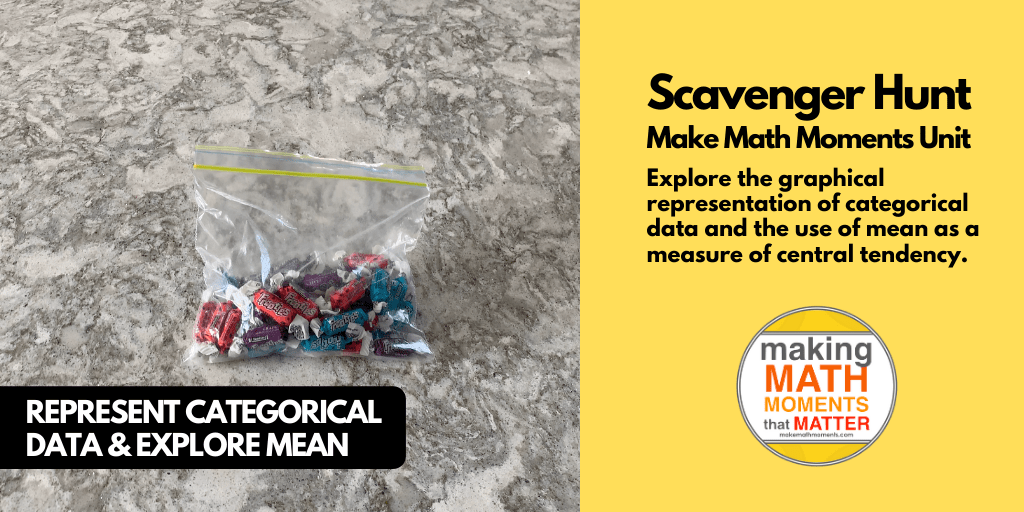From Overwhelm to Empowerment: How One District Transformed Math Pacing and Problem-Solving
Let us tell you about the mountain Evelyne and her mighty team of math coaches were facing and what we decided to do to chip away at that mountain.
Evelyne plus 4 math coaches supports 47 elementary schools and 14 high schools in her district.
The norm (before we got to work):
Every school in the district had their own “grocery list” of priorities—mathematical discourse, manipulatives, problem solving, rich tasks… the whole buffet. Teachers were overwhelmed, and principals were trying to do everything while measuring nothing impactful.
Each year schools would set improvement goals but always fall flat on achieving them.
“We were spinning our wheels, doing good work… but struggling to prove that change was happening.”
They knew that they couldn’t support EVERY school on ALL of their “wish-list” priorities, but they also wanted to ensure each school had a choice in what they worked on for math improvement.
They wanted each site to own their own growth.
Here’s the question we proposed: “What if your success (key result) was measured by how many schools actually hit their math goal?”
Boom.
Suddenly, it wasn’t about doing all the things — it was about coaching principals to define realistic goals, helping schools focus on the right practices, and making sure their support was tight enough to actually get results. Less “hope this works” and more “we’re set up to win.”
A goal without a clear structure and consistent support is just a wish. If we want sustainable improvement in math education, we can’t just hope schools get there — we need to co-create the roadmap with them. Because hitting goals isn’t about working harder… it’s about working together on the right things.
And let’s be honest — a lot of schools aren’t struggling because they don’t care or don’t have great people. It’s because they’re juggling too many ideas, with no system for follow-through. They don’t need more goals. They need aligned support and a structure to help them measure what actually matters.
That’s why we helped to develop this math action plan moving forward (this is a high level view of the actual plan)
🎯 1. Redefine Success by School-Level Goals
They realized their own team’s success should be measured not by general improvement across all schools, but by how many individual schools meet the math goals they’ve set in their school achievement plans (SAPs). This means:
- Each school’s goal becomes part of the team’s key result.
- Their coaching and support are now aligned with those specific results.
🧭 2. Shift to Focused, Realistic Goals
They’re no longer encouraging a “grocery list” of strategies. Instead, they’re moving toward:
- Helping principals narrow their focus to 1-2 high-impact math practices and 1-2 essential grade level standards that support their vision and objectives.
🔁 3. Prioritize Depth Over Breadth in Coaching
The team acknowledged they can’t support every teacher, so they’re:
- Targeting specific grade bands or teams for deep repeated coaching cycles.
- Using these coaching relationships to track observable, real-time growth in classroom practice.
🛠️ 4. Use Clear Measurement Tools
They’re refining their “look-for” tools to monitor teacher growth along a continuum—capturing evidence of what teachers say, do, and plan during coaching, rather than relying only on student results.
🤝 5. Align Principals and Coaches
To ensure school-level alignment:
- Principals will be coached to set clearer, measurable, and realistic goals.
- Coaches will use the same tools as principals during walkthroughs to shrink the gap between what the principal sees and what effective math instruction actually looks like.
🧪 6. Treat This Year as a Learning Year
If schools don’t hit their goals this year, the team sees that as a valuable insight, not a failure. It’s a chance to:
- Refine goals for next year.
- Learn what kind of coaching and measurement is most effective.
- Prove to the province that they’re building sustainable systems for long-term change.
This shift didn’t require more time, more people, or more PD days.
It required a mindset shift: from doing more things to doing the right things in the right way with the right support.
By redefining what success looks like, aligning around school-owned goals, and narrowing their focus, Evelyne’s team is no longer trying to do everything — they’re getting real traction where it matters most.
This is your reminder: You don’t need to overhaul everything.
You already have the pieces in motion. Now it’s about refining the system —
✔ Making goals more measurable,
✔ Deepening support in targeted places,
✔ And helping each school own their slice of the bigger vision.
What do you believe is your next step? Define it. Act on it!
Get a Customized Math Improvement Plan For Your District.
Are you district leader for mathematics? Take the 12 minute assessment and you’ll get a free, customized improvement plan to shape and grow the 6 parts of any strong mathematics program.
LESSONS TO MAKE MATH MOMENTS
Each lesson consists of:
Each Make Math Moments Problem Based Lesson consists of a Teacher Guide to lead you step-by-step through the planning process to ensure your lesson runs without a hitch!
Each Teacher Guide consists of:
- Intentionality of the lesson;
- A step-by-step walk through of each phase of the lesson;
- Visuals, animations, and videos unpacking big ideas, strategies, and models we intend to emerge during the lesson;
- Sample student approaches to assist in anticipating what your students might do;
- Resources and downloads including Keynote, Powerpoint, Media Files, and Teacher Guide printable PDF; and,
- Much more!
Each Make Math Moments Problem Based Lesson begins with a story, visual, video, or other method to Spark Curiosity through context.
Students will often Notice and Wonder before making an estimate to draw them in and invest in the problem.
After student voice has been heard and acknowledged, we will set students off on a Productive Struggle via a prompt related to the Spark context.
These prompts are given each lesson with the following conditions:
- No calculators are to be used; and,
- Students are to focus on how they can convince their math community that their solution is valid.
Students are left to engage in a productive struggle as the facilitator circulates to observe and engage in conversation as a means of assessing formatively.
The facilitator is instructed through the Teacher Guide on what specific strategies and models could be used to make connections and consolidate the learning from the lesson.
Often times, animations and walk through videos are provided in the Teacher Guide to assist with planning and delivering the consolidation.
A review image, video, or animation is provided as a conclusion to the task from the lesson.
While this might feel like a natural ending to the context students have been exploring, it is just the beginning as we look to leverage this context via extensions and additional lessons to dig deeper.
At the end of each lesson, consolidation prompts and/or extensions are crafted for students to purposefully practice and demonstrate their current understanding.
Facilitators are encouraged to collect these consolidation prompts as a means to engage in the assessment process and inform next moves for instruction.
In multi-day units of study, Math Talks are crafted to help build on the thinking from the previous day and build towards the next step in the developmental progression of the concept(s) we are exploring.
Each Math Talk is constructed as a string of related problems that build with intentionality to emerge specific big ideas, strategies, and mathematical models.
Make Math Moments Problem Based Lessons and Day 1 Teacher Guides are openly available for you to leverage and use with your students without becoming a Make Math Moments Academy Member.
Use our OPEN ACCESS multi-day problem based units!
Make Math Moments Problem Based Lessons and Day 1 Teacher Guides are openly available for you to leverage and use with your students without becoming a Make Math Moments Academy Member.
Partitive Division Resulting in a Fraction
Equivalence and Algebraic Substitution
Represent Categorical Data & Explore Mean
Downloadable resources including blackline masters, handouts, printable Tips Sheets, slide shows, and media files do require a Make Math Moments Academy Membership.
Use our OPEN ACCESS multi-day problem based units!





